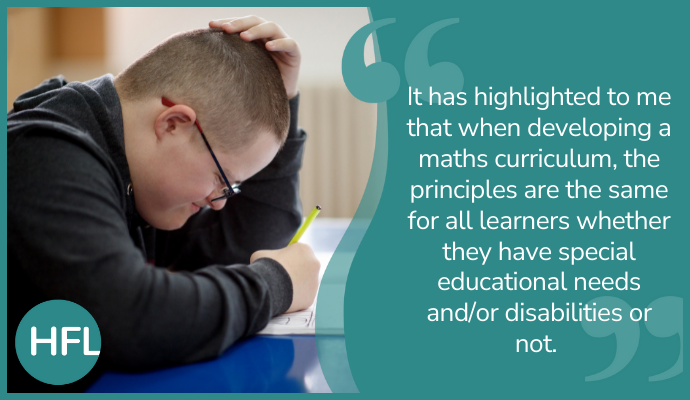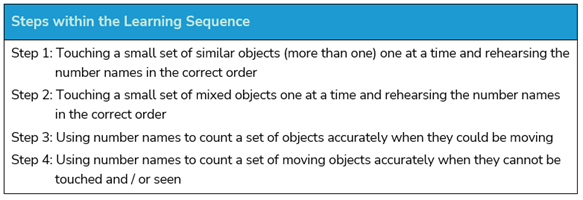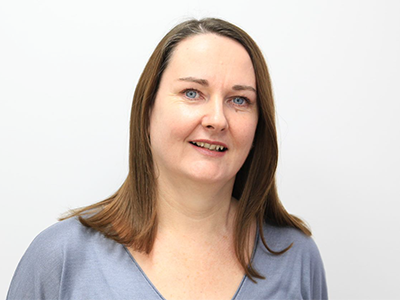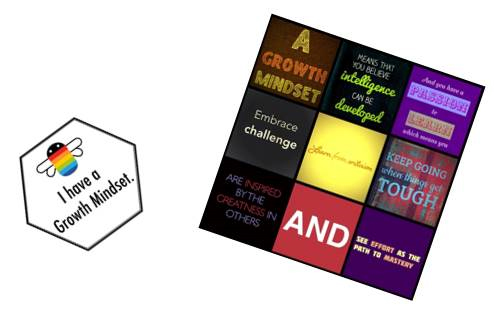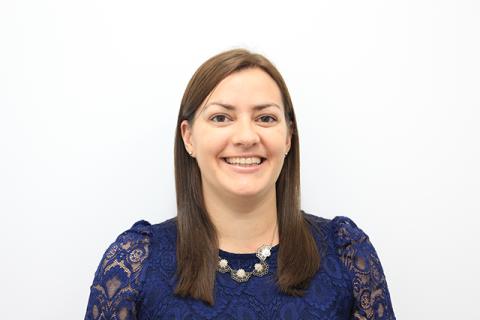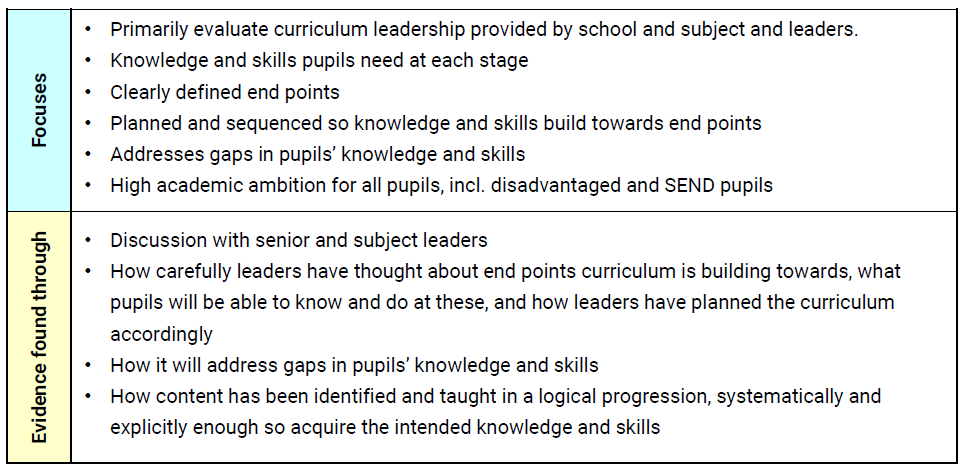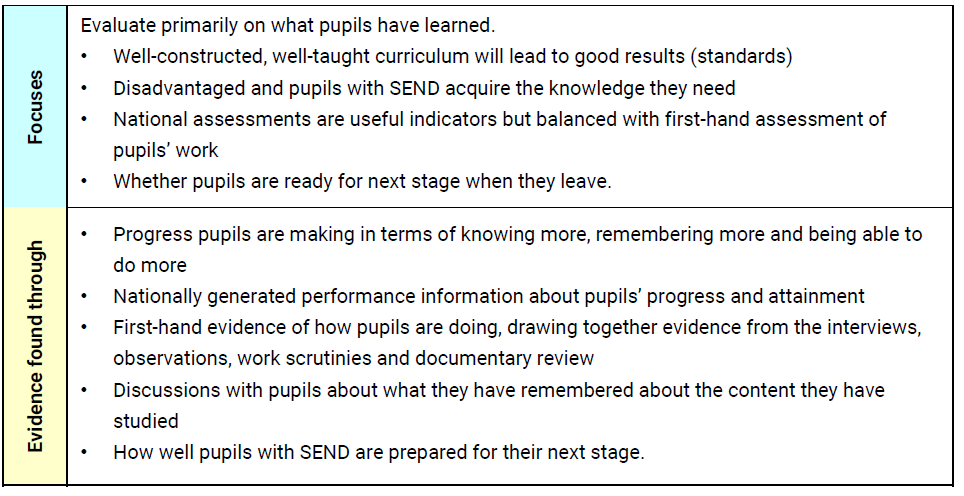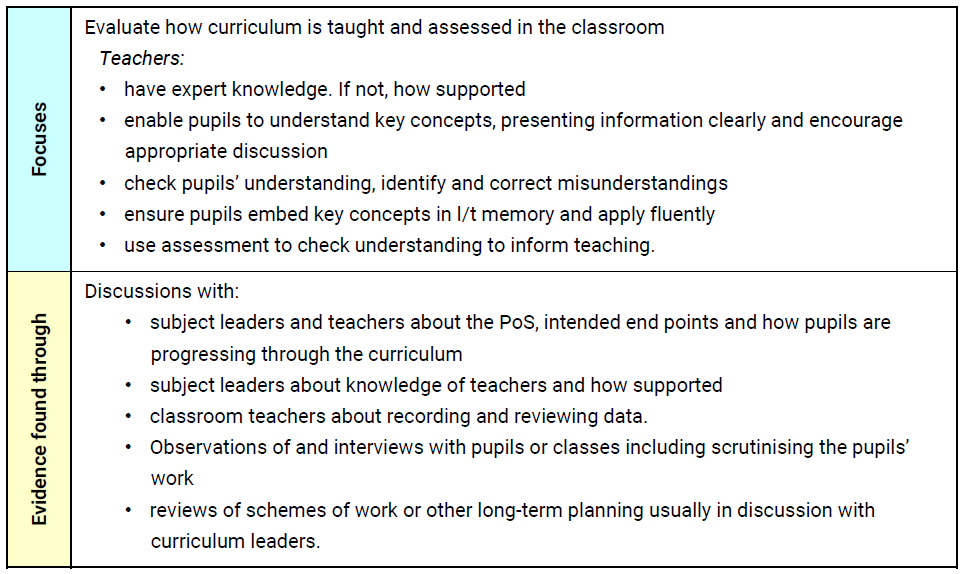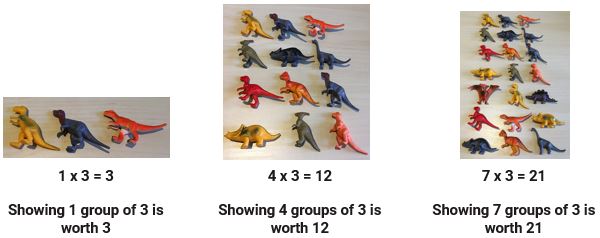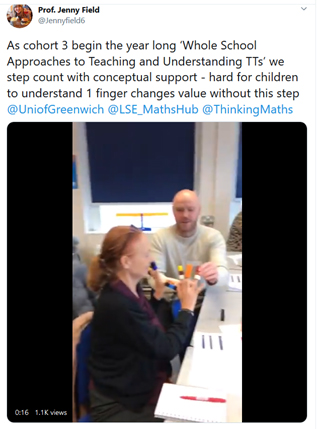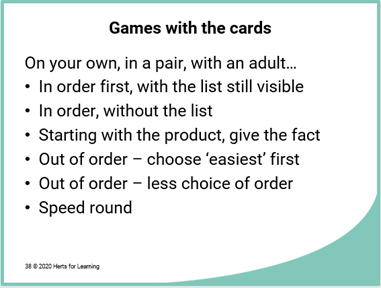Planning a poetry curriculum

But – now that I’m actually doing it, I am recognising the same problem that is always there when I’m working with schools on designing a poetry curriculum. Namely: where to start?
It’s a problem that’s also a delight as there are so many possibilities, but it is important to clarify a few things at the beginning before we all disappear down the poetry rabbit hole. So, I tend to ask the subject leaders I’m working with to think first about two things:
- what do you want from your poetry curriculum?
- what do you want your children to get from it?
The answers have been many and varied. A few examples include: investigating a wide variety of poetic forms; linking poetry to other ongoing themes; exploring poetry and poets they are unlikely to meet anywhere else; building vocabulary; embedding an understanding of rhythm and metre in fun ways; engaging with image-rich language; developing spoken language through recital. I could go on and on! Most people want many things, but to keep the task manageable we’ve needed to pinpoint down to a few priorities for that subject leader and school – at that time. A curriculum can, and should, grow and change.
Once we’ve agreed the core intentions of this poetry curriculum, it’s at that point that we’d go to the national curriculum to see what actually, we have to incorporate.
There, we find the following. The box below contains the statements that include poetry as a part of the literature that children need to read, have read to them, immerse in, discuss and enjoy. (The bold is mine.)
Y1
listening to and discussing a wide range of poems, stories and non-fiction at a level beyond that at which they can read independently
Y2
listening to, discussing and expressing views about a wide range of contemporary and classic poetry, stories and non-fiction at a level beyond that at which they can read independently
recognising simple recurring literary language in stories and poetry
participate in discussion about books, poems and other works that are read to them and those that they can read for themselves, taking turns and listening to what others say
explain and discuss their understanding of books, poems and other material, both those that they listen to and those that they read for themselves.
Y3/4
listening to and discussing a wide range of fiction, poetry, plays, non-fiction and reference books or textbooks
Y5/6
continuing to read and discuss an increasingly wide range of fiction, poetry, plays, non-fiction and reference books or textbooks
I wouldn’t quarrel with any of it, although we do always end up pondering over why Y2 has so much more detail than the other years? And we normally decide that the last two statements in Y2 are equally applicable in years 3 to 6.
Then also, there are statements that are specific to the poetry element of an English curriculum.
Y1
learning to appreciate rhymes and poems, and to recite some by heart
Y2
continuing to build up a repertoire of poems learnt by heart, appreciating these and reciting some, with appropriate intonation to make the meaning clear
writing poetry
Y3/4
preparing poems and play scripts to read aloud and to perform, showing understanding through intonation, tone, volume and action
recognising some different forms of poetry [for example, free verse, narrative poetry]
Y5/6
learning a wider range of poetry by heart
preparing poems and plays to read aloud and to perform, showing understanding through intonation, tone and volume so that the meaning is clear to an audience
Once again, there are some peculiarities. Why are children expected to write poetry in Y2, but not in other year groups? Why are poetic forms a part of the Y3/4 expectations, but learning poetry, unlike in the other year groups, is not?
I think in all of the schools that I’ve done this with, (after we’ve finished enjoying exclaiming about inconsistency), we’ve agreed to iron those inconsistencies out. Here is an example of how we did this:
You will see that there were some generalisations common to all of the schools – keep them learning poetry in LKS2 as the prime example. The other important one was around poetic forms. By and large, we agreed that exposing KS1 children to some different poetic forms would support embedding the statutory expectation about recognising some different forms of poetry for the children in years 3 and 4. And also, that extending this to UKS2 would broaden and deepen that knowledge.
Beyond that though, the schools became brilliantly different in their approaches and desires. Most decided they wanted about six weeks of poetry, but for some that was one week every half term, for others, one two-week block every term, for others a mixture of those things. All will work; ‘which will work best for you?’ was always my question. (These were English lesson units. Some people wanted more, with additional poetry in some cases being read, discussed and enjoyed at other points in the day or as part of ‘guided reading’ lessons.)
Then, carving up the ways in which the expectations are delivered across the schools produced more variety. Some examples are below. My apologies for the different fonts; these are snipped from original documents.
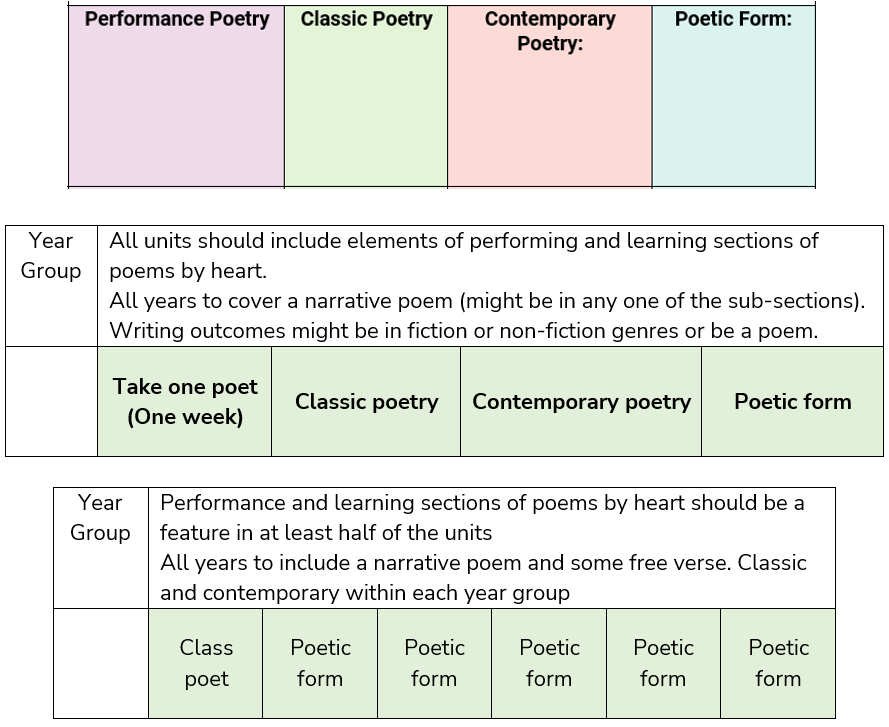
When doing this, we found it helpful to look at some different options as a way of expanding the discussion about what is possible. And at this point, I’ve tended to suggest going back to staff and sharing what we’ve agreed so far. Class teachers are the ones who have to deliver the curriculum and often people have favourite poems they want to include or poetic forms that they have tried and tested ways of teaching. We can add all of those preferences into the second stage of planning a poetry curriculum: that of choosing the content.
In most cases and apart from poem choices that teachers have requested, we’ve tended to populate the curriculum – usually at the class teachers’ requests for this first year. The hope has been that through teaching poetry, confidence will grow around choosing which poems to teach.
In the meantime though, we’ve chosen for them by:
- remembering old favourites
- leafing through anthologies – stopping to read aloud
- browsing websites – there are some fabulous ones, often with poets performing their own work.
And then we’ve needed to cross-check and question to ensure that:
- there is a mixture of contemporary and classic poems in each year group
- both male and female poets are present
- diversity has been taken into account
- any constraints from our original intentions (such as links across the curriculum for example), have been met
It’s never been easy! But it has always been fun and so satisfying. As a thought though, I’ve never done one, but actually, a ‘poetry choosing’ twilight CPD meeting, where staff could browse and compare and discuss might well be a pretty effective way of building some core content … If anyone decides to try that, do let us know.
I want to finish by coming back to a couple of sentences earlier in this blog,
A curriculum can and should, grow and change.
The hope has been that through teaching poetry, confidence will grow around choosing which poems to teach.
To design a poetry curriculum in the first place can be quite an orderly, systematic process. Managing a large and important task by breaking it down into small steps needn’t make it boring; it just makes it easier. But what is truly important is to then keep reflecting on whether it’s providing the impact and outcomes that you want it to. Review it. Ask the teachers and the children how they’ve enjoyed it. Are there particular poems they remember? What was it about those poems? Is there anything they’d like more of? Is confidence growing about choosing poems for themselves?
And be prepared for (in fact be joyful about) reinventing your poetry curriculum from year to year.



